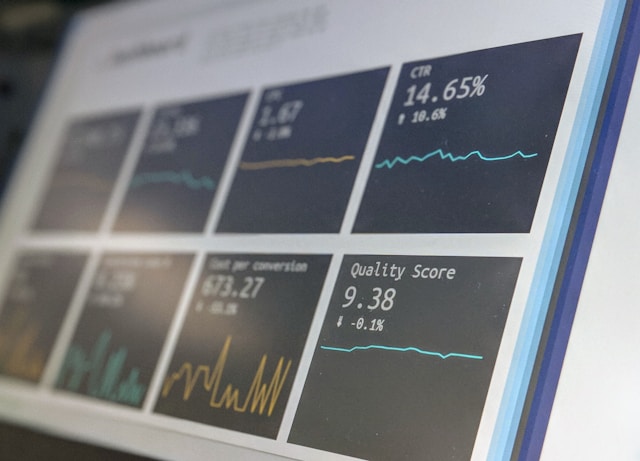The Power of Real-Time Healthcare Data
In modern healthcare facilities, every asset movement, temperature change, and environmental fluctuation tells a story. Real-Time Location Systems (RTLS) and environmental monitoring generate vast amounts of data every second, but the true value lies in transforming this continuous stream of information into actionable insights. Today’s healthcare analytics platforms are revolutionizing how facilities operate, turning complex data patterns into powerful decision-making tools that optimize operations, improve patient care, and enhance resource utilization in real time.
From Raw Data to Actionable Intelligence
The journey from raw RTLS data to strategic decisions is a sophisticated process that transforms seemingly simple location and environmental data points into valuable insights. Healthcare facilities collect continuous data from thousands of tagged assets, environmental sensors, and monitoring points throughout their operations. Advanced analytics engines process this information, identifying patterns, anomalies, and trends that might otherwise go unnoticed. Real-time dashboards bring this information to life, enabling healthcare professionals to monitor critical metrics instantaneously. Perhaps most impressively, modern machine learning algorithms with RTLS systems can now predict potential bottlenecks, maintenance needs, and capacity issues before they occur, shifting healthcare management from reactive to proactive approaches.
Critical Analytics Applications in Healthcare
The applications of real-time analytics in healthcare RTLS have proven transformative across multiple operational areas. In asset management, healthcare facilities are gaining unprecedented visibility into equipment utilization patterns. Rather than relying on gut feelings or manual tracking, administrators can now see exactly how medical equipment is being used, when it needs maintenance, and where it should be placed for optimal accessibility. This level of insight has revolutionized inventory management, with some facilities reducing their equipment purchases by identifying underutilized assets and optimizing their distribution.
Environmental monitoring has similarly been transformed by real-time analytics. Instead of periodic manual checks, facilities now maintain continuous oversight of critical environmental factors. When temperature or humidity variations occur in sensitive areas, staff receive immediate alerts, enabling swift corrective action. This proactive approach has proven particularly valuable in pharmacy and laboratory settings, where environmental stability is crucial for maintaining medication and sample integrity.
The impact on patient flow has been equally significant. By analyzing movement patterns and resource utilization in real time, healthcare facilities can now identify and address bottlenecks before they affect patient care. This capability has led to remarkable improvements in wait times and resource allocation, ultimately enhancing both patient satisfaction and operational efficiency.
Making Data-Driven Decisions
The shift to data-driven decision making has fundamentally changed how healthcare administrators approach operational challenges. Consider equipment purchasing rather than relying on departmental requests or perceived needs, administrators can now base decisions on detailed utilization data. This approach has led to more efficient resource allocation and significant cost savings. Similarly, staff scheduling has evolved from an art to a science, with movement pattern analysis revealing optimal staffing levels for different times and locations.
Even seemingly simple decisions, such as where to store equipment or when to schedule maintenance, are now informed by comprehensive data analysis. This approach has eliminated much of the guesswork from healthcare operations, leading to more efficient and effective resource management.
Measuring Impact and ROI
The impact of data-driven decision making in healthcare has been substantial and measurable. Facilities implementing comprehensive RTLS analytics have reported dramatic improvements across multiple metrics. Equipment search times have been slashed. Asset utilization has improved significantly, while instances of lost or stolen equipment have plummeted. Perhaps most importantly, compliance-related incidents have decreased substantially.
Future of Healthcare Analytics
As we look to the future, the evolution of healthcare analytics continues to accelerate. Predictive analytics are becoming increasingly sophisticated, enabling facilities to prevent equipment failures before they occur. Machine learning algorithms are growing more adept at optimizing resource distribution, while integration between RTLS data and other hospital systems is creating more comprehensive insights than ever before.
Advanced visualization techniques are making complex data more accessible and understandable, while automated decision-making systems are beginning to handle routine operational tasks. These developments suggest that we’re only scratching the surface of what’s possible with healthcare analytics, with future innovations promising even greater improvements in efficiency, patient care, and operational excellence.

